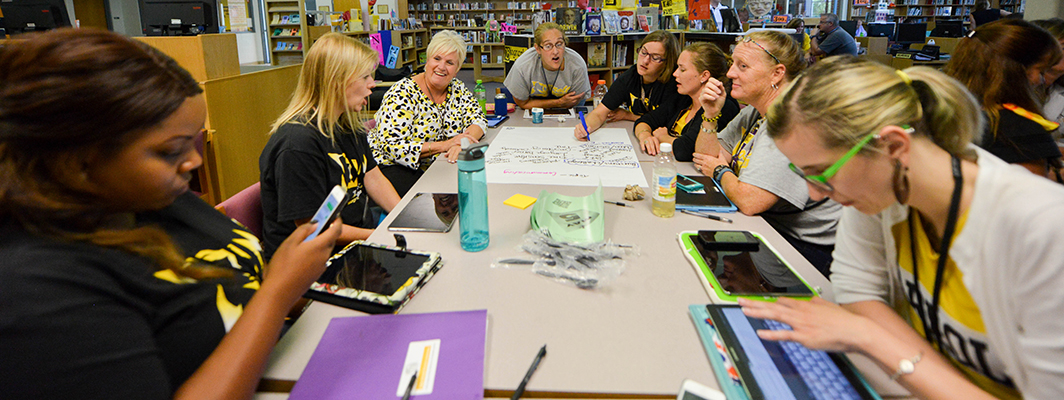
It is a seminal moment in education. Today’s innovators and educational leaders have an unprecedented opportunity to change the world and unleash human potential on the greatest scale in history. The best results will come from vendors and district leaders working side-by-side to build research-based tools driven by efficacy.
But, in order do that, we also need to figure out the nuts and bolts of implementation so the best solutions can scale faster.
As a former teacher, school designer, and director of curriculum for 115 schools in Chicago, I understand why the idea of “going slow to go fast” resonates with so many in the education world. As educators, we feel the grave responsibility of making decisions with taxpayer dollars and our children’s future.
However, since leaping into the technology world, I’ve learned some really great lessons about rapid, continuous improvement. Iterating is based on a build-measure-learn mentality: identify a problem you want to solve, determine a metric for success, build a minimum viable solution, and measure its success. Instructional leaders can test and scale innovative products quickly by applying this approach to their districts.
When something doesn’t pan out, see it as an opportunity to ask why it didn’t work, repeatedly, and determine the root cause. Then, continue to optimize until the problem is solved.
Teachers already apply the above processes in their classrooms every day, but districts can scale proven solutions faster by supporting their teacher innovators. First, offer in-district grants for real, early adoptions. Have the early adopters define a clear problem and measures of success. Since student outcomes take time, make sure the pilot is long enough and the sample size large enough to realize results. If the timeline is shorter, collect evidence that indicates a strong promise of student results based on improved teaching and learning practices (i.e. more engagement, use of data, strategic lesson planning, etc.).
Additionally, create institutionalized innovation spaces for rapid but true product testing so others can physically see what implementation done well looks like, and make sure there are celebrated examples of all school types so a product’s worth as a system-wide solution can truly be explored.
In the partnerships where ThinkCERCA has seen the greatest student outcomes realized quickly, there have been four conditions in place for success:
It’s time to think courageously about how vendors and educators alike can improve learning on scale. We have 55 million students in K-12 today. Every one of them deserves the best education we can provide, so we have to think about scale in everything we do, including implementation.

We want to hear from you!
Please take this 5-minute survey and help us serve you better.
